When Star Trek Discovery premiered in 2017, it went to lengths to wrap itself in Star Trek’s existing continuity, making its protagonist Michael Burnham foster brother to the infamous Spock, building a backstory to the frosty Federation-Klingon relations of the early franchise, and revisiting the famed Mirror Universe visited by Captain James T. Kirk and others.
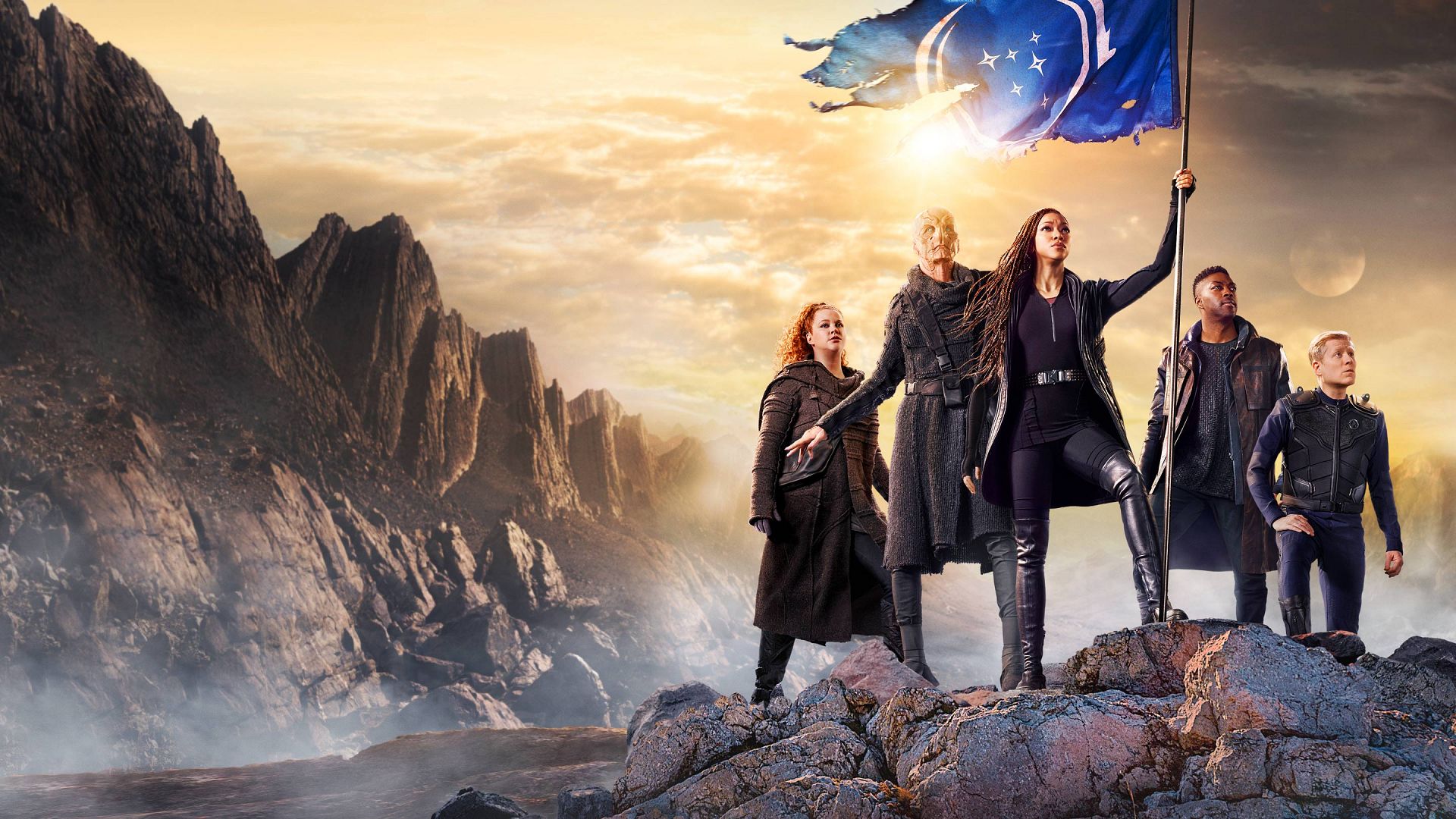
Its second season went even further, reintroducing the Enterprise of Star Trek: The Original Series and Captain Christopher Pike, who had appeared in the Original Series episode ‘The Menagerie’ as the ship’s captain before Kirk.
But at the end of the second season things took a left turn, with Discovery travelling through a wormhole 930 years into the future, abandoning its familiar era for a strange, unfamiliar and dangerous new one. This move was risky and could have backfired spectacularly, but instead it enabled the show to reinvent itself and cement its own unique identity within the vast Star Trek franchise.
So, let’s take a deeper look at how Discovery’s big risk paid off.
Star Trek Discovery shook up a familiar galaxy
Most Star Trek series since the original have had a familiar backdrop, an Alpha Quadrant in which the human-dominated United Federation of Planets is the biggest military and political entity. There have been exceptions (Star Trek: Voyager was set in the distant Delta Quadrant) but in general the galaxy remains a recognisable place in which humans and their allies are entrenched.
In Star Trek Discovery’s third season, the crew finds themselves in a very different Alpha Quadrant, in which the Federation is no longer a dominant power. Without the Federation, the ruthless Emerald Chain has become the dominant force. Where the Federation is a peaceful, socialistic organisation championing diplomacy, the Emerald Chain is a mercenary, capitalistic organisation championing greed.
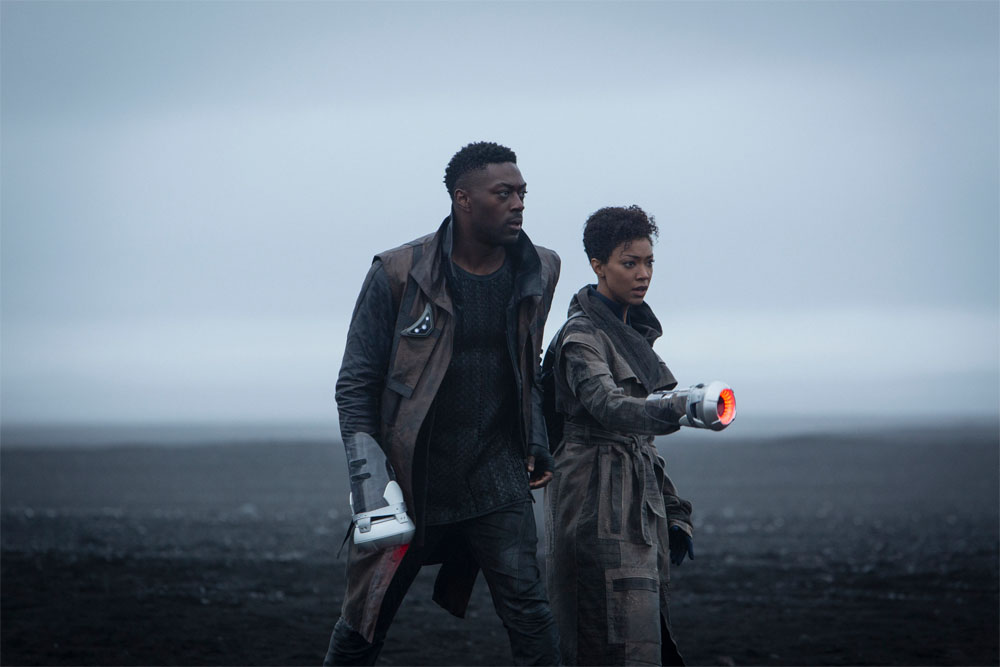
If that change wasn’t jarring enough, pillars of the Federation like Earth and Vulcan (now named Ni’Var and shared by Vulcans and Romulans) are no longer members of its tattered remains.
By introducing this dark, unfamiliar Alpha Quadrant, Star Trek Discovery upped the ante, ripping away the comforting security that the ‘good guys’ are waiting in the wings should they be needed. Instead our characters are truly on their own, in existential fight for survival in which the same old allies and the same old galactic politics can no longer be taken for granted.
Star Trek Discovery gave the Federation new vigour
The Federation had faced existential threats before (the Borg in Star Trek: The Next Generation, the Dominion in Star Trek: Deep Space Nine), but never before had it seemed so close to collapse as in Star Trek Discovery’s third season. When trouble came, the Federation had always pulled together and succeeded. It was easy to take them for granted, to imagine they would always be there.
Star Trek Discovery’s third season introduces a Federation decimated by a galactic catastrophe. What remains is motley assembly of planets and ships who lack the manpower to pull together like they once did. And with Earth having left, the Federation headquarters long based in San Francisco had relocated to a space station.
However, far from having a diminished presence in the series, the Federation’s close call with oblivion gives it fresh vigour and urgency. As the organisation rebuilds, high-ranking characters such as Admiral Charles Vance and President Laira Rillak become a central part of the series, dealing with Burnham and her crew directly in a way never before seen in Star Trek.
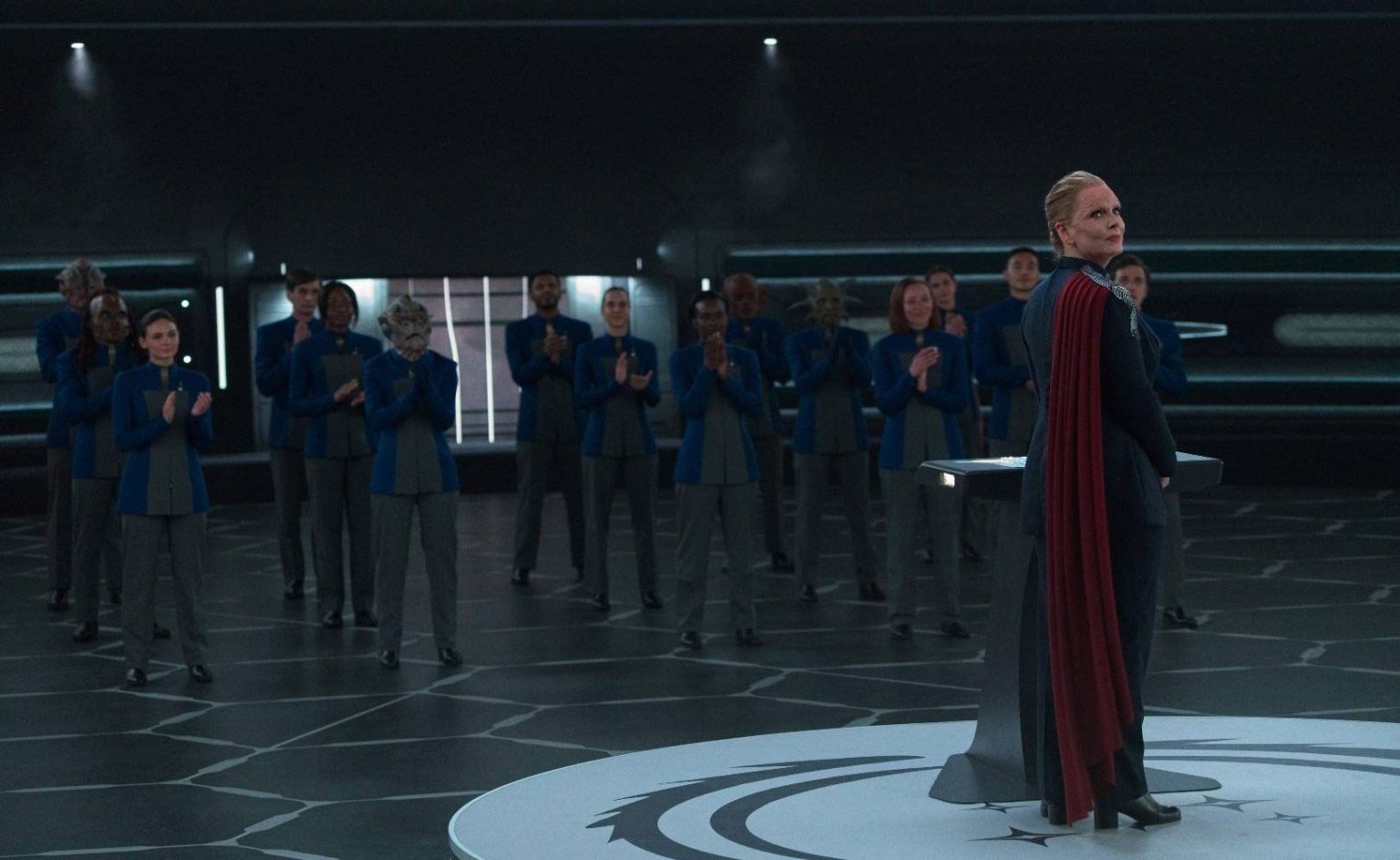
One notable example is the fourth-season episode ‘…But to Connect.’ Following the discovery of a destructive, artificially-created spatial anomaly, Federation world leaders gather to debate whether to destroy it immediately and risk angering its mysterious creators, or whether to attempt first contact with its creators and risk the anomaly destroying more planets in the interim.
Star Trek Discovery’s leap to the distant future has put the Federation front and centre, something which makes the series unique amongst its predecessors and successors, in which the Federation is a distant organisation whose headquarters are rarely visited and whose dictates come via admirals over viewscreens.
It introduced a new look and new tech
It goes without saying that when Star Trek Discovery leapt into the future, one of the biggest questions fans might have had was what that future would look like. How would it differ from the usual Star Trek future? And what tech would it have that we hadn’t seen before?
It didn’t disappoint. The Star Trek universe of the 32nd century has a markedly different aesthetic to previous eras. The Federation’s space-station headquarters are a prime example; unlike the bulky, grey, largely functional designs of older space stations, this one has an ostentatious, stylistic, swirling design with limbs that extend, jellyfish-like, from its body.
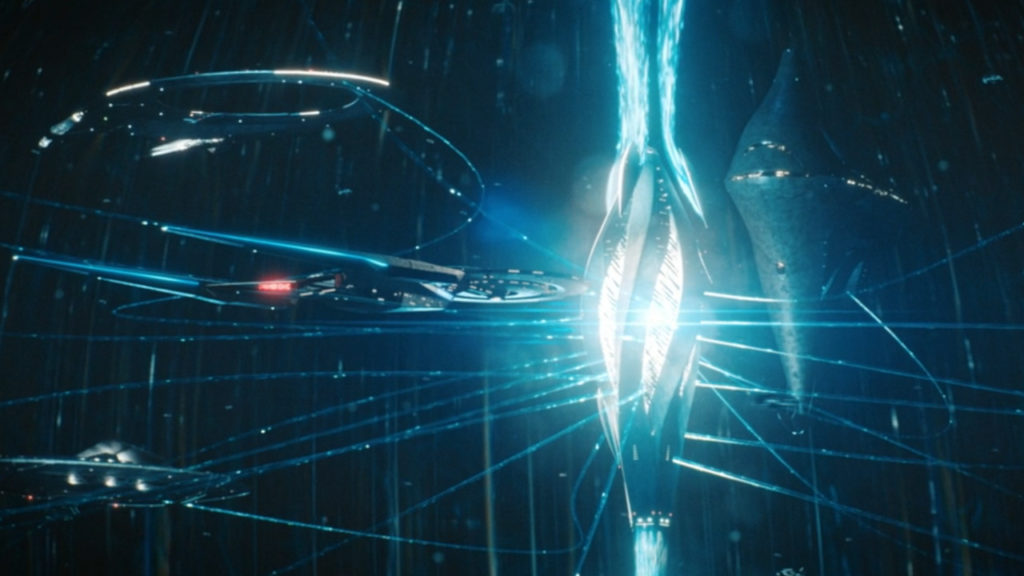
The tech advanced as well. The third-season premiere ‘That Hope is You’ introduces programmable matter, demonstrated through a day in the life of Federation operative Aditya Sahil. As Sahil gets up, his bed disassembles and reassembles as his desk. Programmable matter is later used to attach Discovery’s warp nacelles for greater manoeuvrability.
And there’s no need for the transporter pad anymore; characters can now hit their combadges and transport from anywhere to anywhere. Transportation is faster too, with characters instantaneously disappearing and reappearing instead of having to stand for several seconds and wait for the transportation process to finish.
Jumping to the future also freed Star Trek Discovery of the need to dream up excuses for why some of the tech was too modern. For example, holo-communicators were used in its first two seasons – understandable given that they look cool and it’s the kind of tech we’d expect to see in a modern sci-fi series. However, Star Trek Discovery’s first two seasons are set before The Original Series and The Next Generation and holo-communicators aren’t seen in either, with viewscreens being used instead.
In fact, holo-communicators weren’t originally introduced until the fifth season of Deep Space Nine, set more than a century after the first two seasons of Star Trek Discovery. In order to explain this anachronism, the holo-communicators in Star Trek Discovery are ultimately found to be responsible for a ship-wide systems failure aboard Enterprise and are removed. We’re left to deduce that Starfleet was either unwilling or unable to resolve this problem for many years.
Jumping to the future has allowed Star Trek Discovery to set itself apart visually from its predecessors and introduce exciting new tech without trampling over continuity. In much the same way as Deep Space Nine’s moody space station setting carved its own niche in the franchise following the bright pastel of The Next Generation’s Enterprise, so too has Discovery’s ultra-futurism.
It raised the stakes
Star Trek Discovery’s second season finds the crew facing off against a rogue computer called Control which represents an existential threat to the Federation. As intriguing and creative as this storyline is, there’s one problem – we’ve already seen the future, and the Federation hasn’t been destroyed. The Original Series, for example, is set only a decade after Discovery’s second season, so nothing Control did can have impacted the galaxy too horribly.
But no longer. Travelling to the 32nd century puts Star Trek Discovery hundreds of years after any of its predecessors. There’s no longer any previously-seen future where everything is fine; any existential threat to the galaxy is just that – existential.
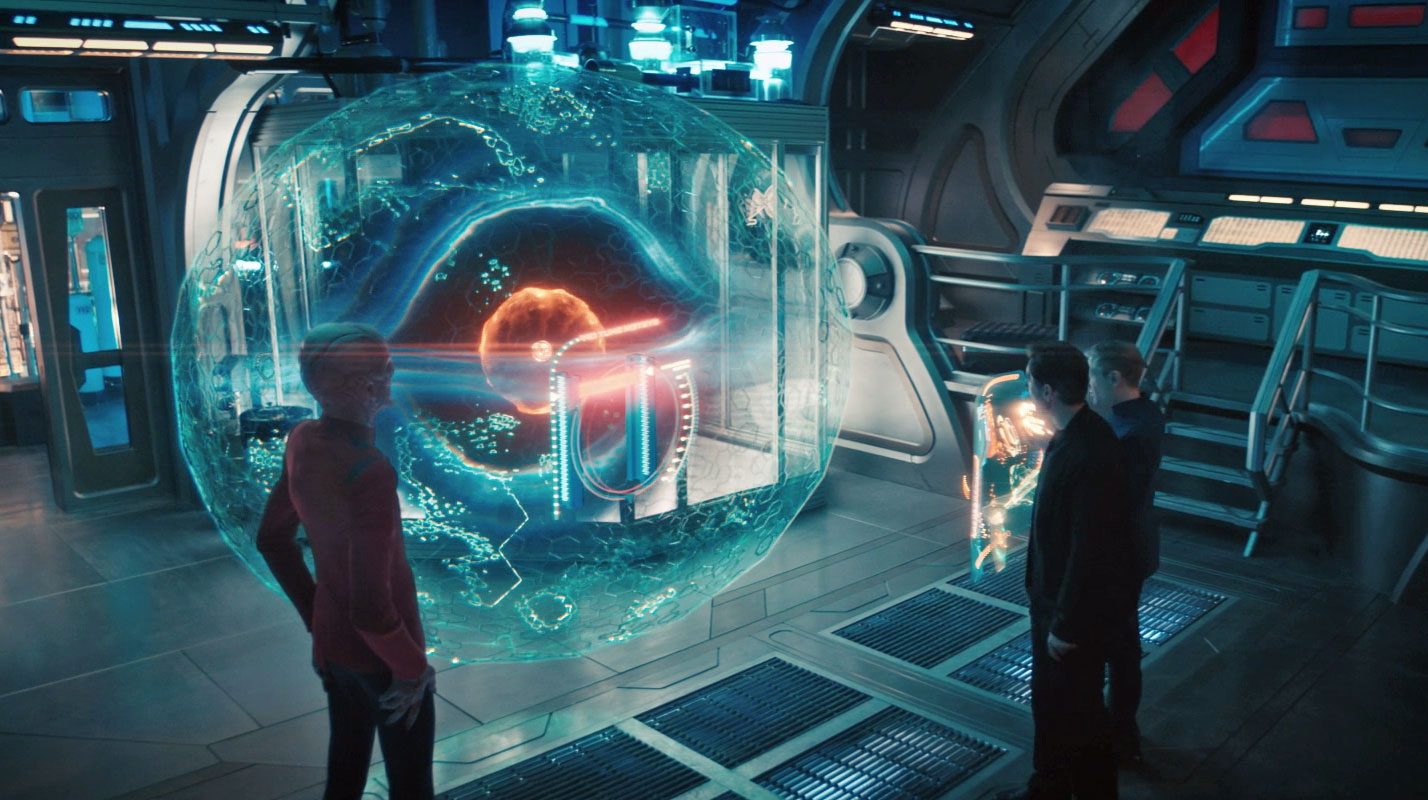
In Star Trek Discovery’s fourth season, the crew discovers a gigantic dark matter anomaly (dubbed ‘the DMA’) which is capable of destroying entire planets. That familiar places such as Earth and Ni’Var are threatened by this anomaly, when we haven’t seen some reassuring future in which they still exist, raises the stakes. In this future, freed of the canonical constraints of Star Trek Discovery’s first two seasons, anything could happen.
Wellbeing became a focus for Star Trek Discovery
You might imagine that travelling 930 years into the future, leaving everything and everyone you know behind, and finding yourself in an unfamiliar and dangerous place would take its toll.
Wellbeing is not entirely new to Star Trek; Captain Jean-Luc Picard takes shore leave following his assimilation by the Borg in The Next Generation, where he breaks down and laments his use by the ruthless species as a tool of death and destruction. Similarly, Nog retreats into the holodeck with crooner Vic Fontaine in Deep Space Nine, after losing his leg in the Dominion War.
However, it became a recurrent theme in Star Trek Discovery’s fourth season and shaped the season’s arc. Following the destruction of his home planet Kwejian by the dark matter anomaly, Cleveland ‘Book’ Booker is inconsolable and uncommunicative. His unprocessed anger and grief ultimately leads him to defy a decision by the Federation’s leaders to make first contact with the anomaly’s creators and he instead absconds and attempts to destroy the anomaly.
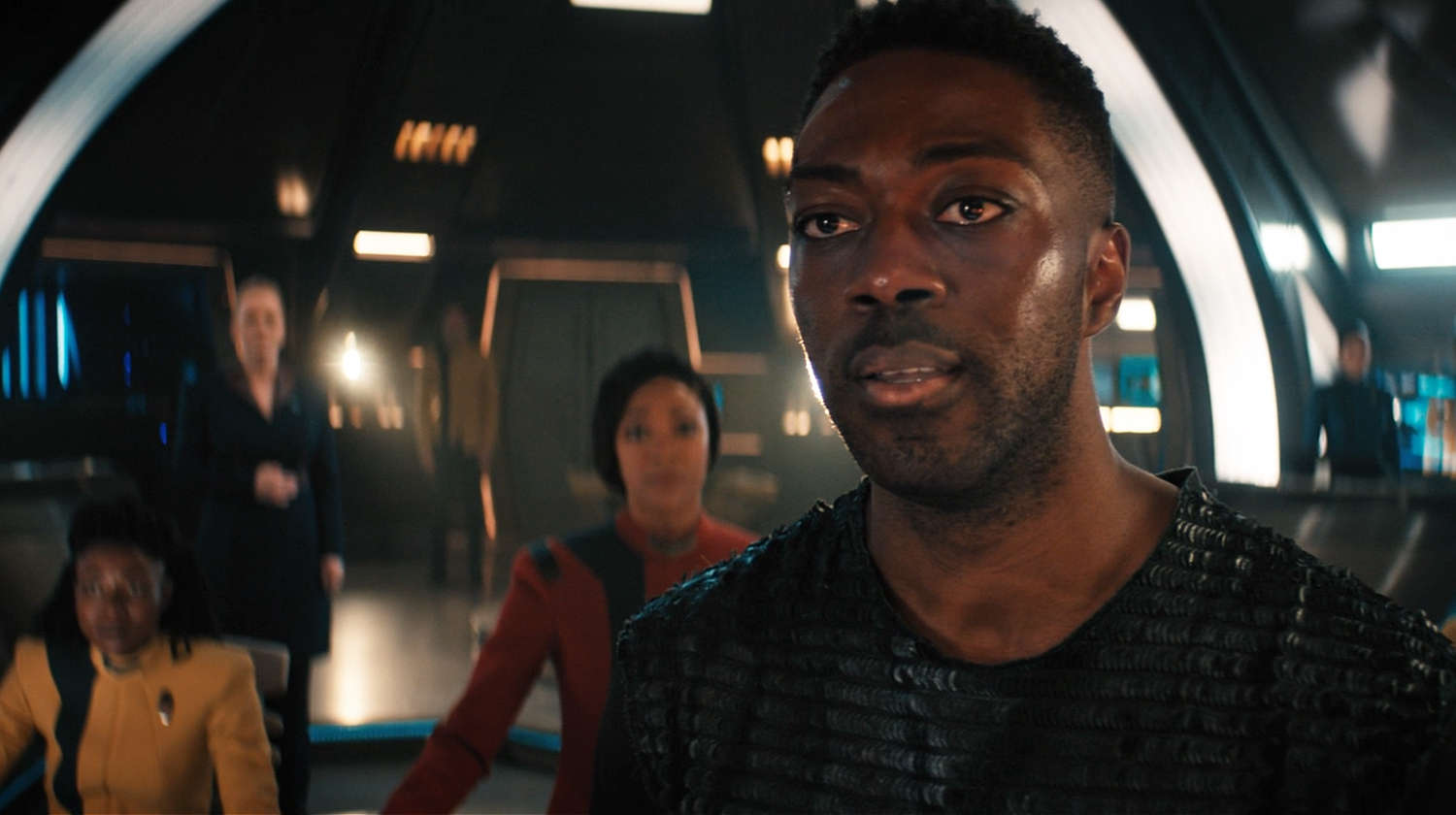
Another character whose wellbeing is a focus is Dr Hugh Culber, who takes on the role of ship’s counsellor in addition to his regular duties but is quickly overwhelmed by the scale of the crew’s troubles. This ultimately endangers his own wellbeing and leads him to a quandary between taking time for himself or being there for everyone and risking spiralling.
Star Trek characters over the years have often absorbed huge galactic developments and existential threats without much complaint. Discovery’s ongoing focus on how its characters are dealing with the upheaval of travelling to the future and facing terrifying new threats sets the series apart as one of the franchise’s most human.
It gave the series more freedom
As mentioned previously with holo-communicators, Star Trek Discovery’s first two seasons being set in the years before The Original Series came with some limitations. It continually had to ensure that however exciting its storytelling became and however big the twists and turns, it didn’t ride roughshod over the existing canon.
Various aspects of the first two seasons (the differences in the uniforms worn by Discovery’s crew from the near-contemporaneous Original Series, the Klingons having no hair, Burnham being the adoptive sister of Spock) broke with canon in ways big and small and compelled the series to find ways to explain them. These explanations came with varying degrees of success; that Starfleet has more than one category of uniform is believable but the suggestion that the Klingons simply all shaved their hair during the war with the Federation slightly stretches credulity.
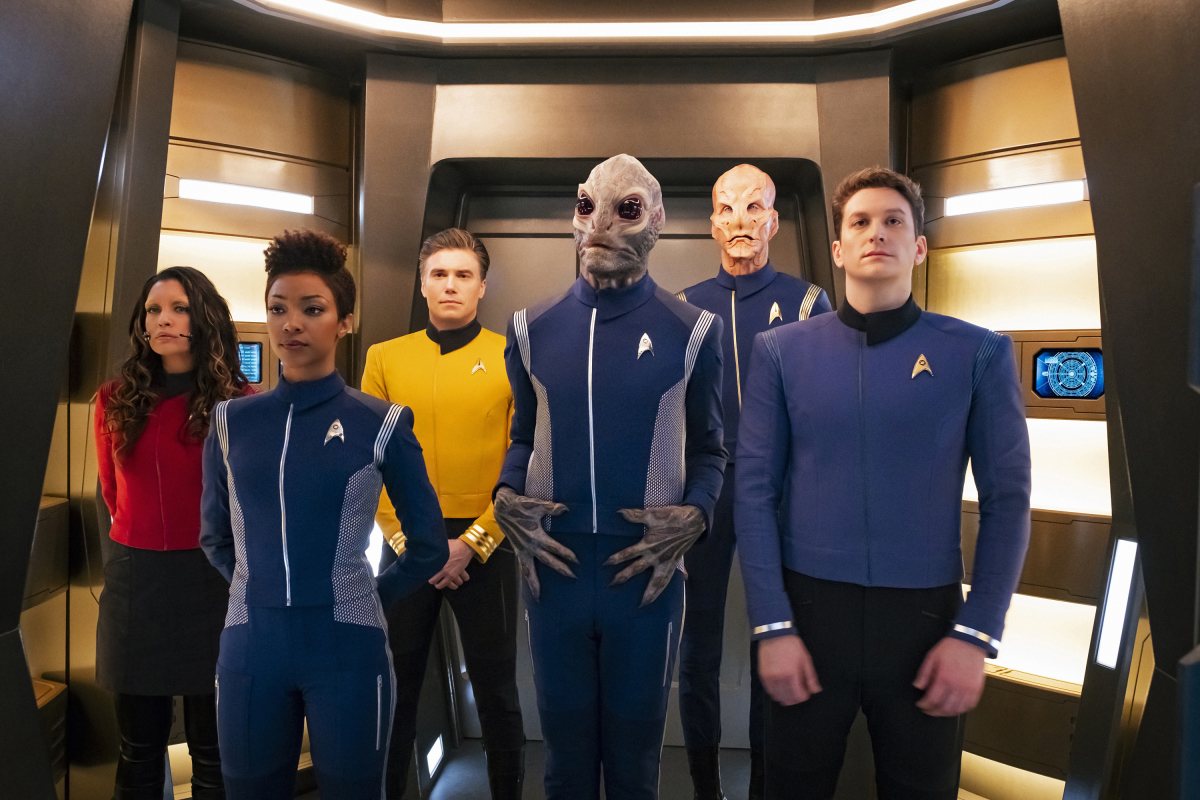
Travelling into the future put Star Trek Discovery far beyond existing canon, beyond any fears that it might trample over events in previous series that are yet to happen, and beyond any need to explain its creative decisions. Now, even if the producers want to update a race’s look as they did with the Klingons, it’s conceivable that in the centuries since these races were last seen they may have changed.
For the first time, then, Discovery’s future isn’t written, and it has an opportunity (much like The Next Generation, which put itself a century clear of The Original Series) to take whatever artistic licenses it wants.
The big risk paid off for Star Trek Discovery
In many ways then, Discovery’s big risk has been its making, allowing it to finally carve out its own niche in a crowded franchise consisting of more than half a dozen series and hundreds of episodes. Rather than striving for acceptance by wrapping itself (awkwardly at times) in the existing canon and characters known to (and fiercely guarded by) so many fans, the series has become bolder, less afraid to challenge, less compelled to qualify its creative decisions, and more willing to be, unabashedly, Discovery.
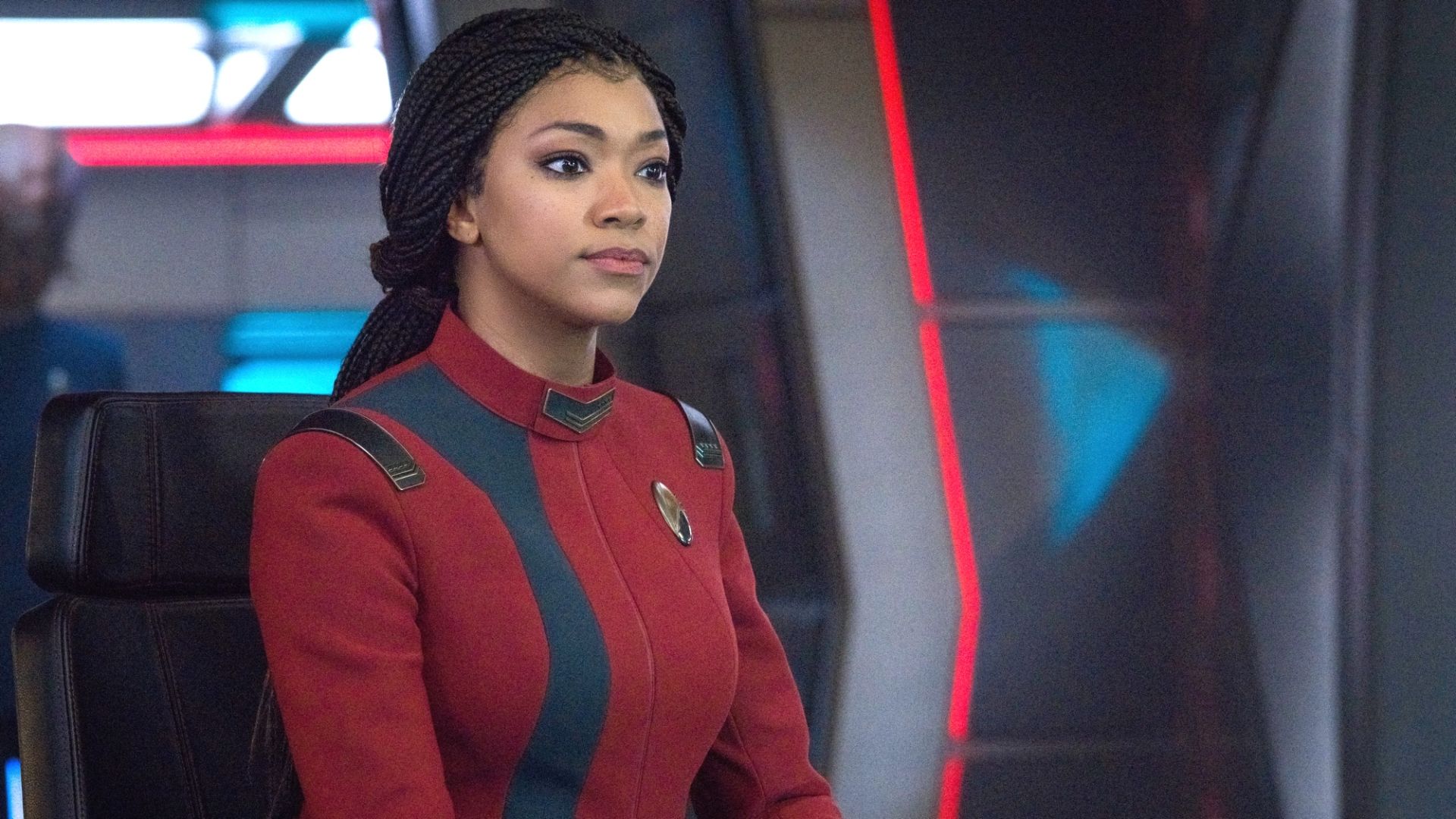
That doesn’t mean the first two seasons aren’t enjoyable (they absolutely are) or that they don’t introduce and reintroduce some unforgettable characters (don’t forget that without Discovery reintroducing Pike and Spock we might never have had the pleasure of its spinoff, Star Trek: Strange New Worlds), but now it feels like its found its identity, the destination to which it’s been warping all along, and it’s all the stronger for it.
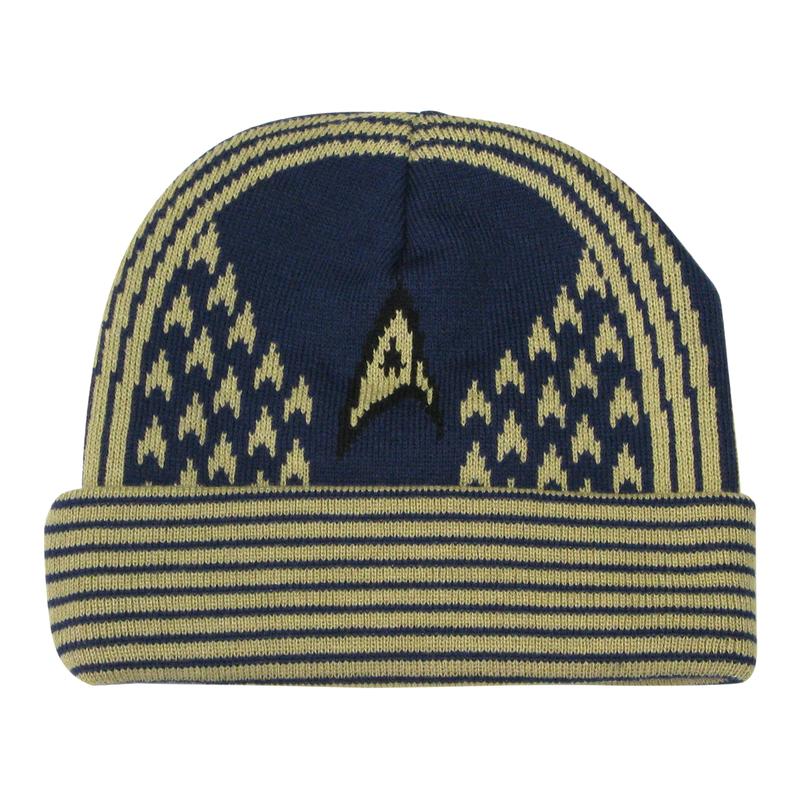
Star Trek Discovery hat – order now from the Lovarzi shop!







Leave a Reply